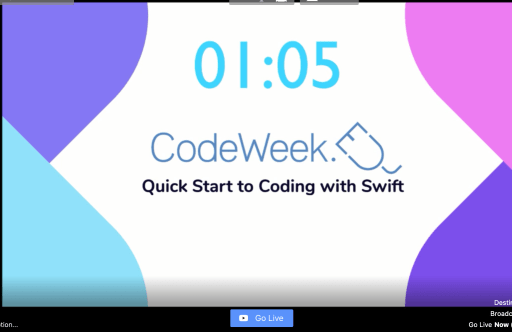
One of my favorite things from WWDC21 this year was the DocC stuff. The funny thing is, I had NO IDEA it would be one of my favorites until Saturday, when I was catching up on some sessions.
There are the heavy hitters, of course, like the SwiftUI sessions, the announcement that you’ll be able to build and submit apps to the App Store from the next version of Swift Playgrounds. But this was a sneaky, wonderful surprise.
But go check out Building Interactive Tutorials with DocC. That’s an amazing session that I, as someone who tries to teach coding, found incredibly useful. You can build tutorials like the ones for SwiftUI and App Dev Training that Apple have shipped.
Build Your Own

That’s a good start, building rich tutorials that show up in the Xcode documentation window. Buuuuuuut, if you check out Host and automate your DocC documentation, you’ll see that you can put it up on your own site!
You need Xcode 13, the beta, to build documentation, but your students don’t. You can export the DocC archive, put it up on a website, and away you go!
Now, it was a bit more work than just “upload it to a website and you’re good to go.” I’ll go into the details of what you need to do, from a practical standpoint, in the future.
But for now, you can now browse the start of a series of tutorials all centered around the QuestionBot.
It’s a Swift package based around a QuestionBot type. The tutorial series takes you through building the QuestionBot as a command-line tool in replit.com, then using UIKit to build the project you see in Develop in Swift Explorations, then, finally, the SwiftUI implementation you may have seen (or will see) in our Teaching Develop in Swift Online class!
At the moment, there’s only the first tutorial, the others are coming soon. But I love the UI for the tutorials and how much easier it was to throw it together this way.
There’s also a really nice, comprehensive documentation page where you can check out the API for QuestionBot and still navigate to the tutorials to see how you might use that code in practice.

Like I said, I’ll detail how I built that tutorial in a future post, but in the meantime you can see the results. It’s rare we get to ship stuff they just announce at WWDC, and ‘m so psyched about writing some more tutorials and having them look excellent out of the gate!














